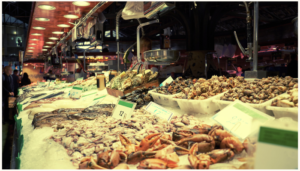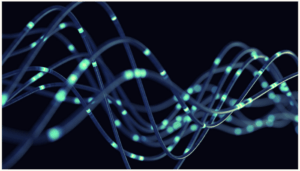
Strategic Pricing, Proven Gains: +2.78% Profit
When you’re a premium grocery retailer, every price point matters. Discover how a leading grocery retailer, facing the everyday challenges of the retail
Read
Navigating Tariffs: A Grocer’s Guide to Price Optimization is Uncertain Times
Learn how you can protect margins while maintaining customer loyalty during tariff uncertainty with data-driven pricing optimization strategies. Download the PDF. ClearDemand’s price
Read
5 Tips for a Profitable Price Optimization Strategy
Pricing isn’t just some number. It’s not copying the competition’s prices. It’s not repeating last year’s strategy. It’s a strategic weapon that can
Read
Competitive Pricing Analysis: Why You Need It
Your shopper, phone in hand, can easily compare your product’s price to the same product’s price in another store. The competition is a
Read
Precision Pricing: Measuring True, Incremental Value
Isolating and measuring the true impact of price changes on revenue and profit is essential for optimizing strategy. A precise, efficient approach builds
Read
From Manual Pricing to $6M+ in Profit: How One Convenience Retailer Transformed Their Margins
If you’re still managing prices manually or relying on broad price groups, you’re likely leaving dollars on the table and missing opportunities to
Read
AI Price Optimization: What It Is & How It Works for Retail
What is AI Price Optimization? Once upon a time, prices were optimized through complicated spreadsheets, guesswork, and gut instincts. But in today’s world,
Read
Tariffs Hit the Shelves: How Retailers Can Stay Ahead
The retail industry is feeling the pressure as tariffs on Mexico, Canada, and China drive up costs across multiple categories. Groceries, auto parts,
Read
Grocery Pricing’s Moneyball Moment
The pop of a catcher’s mitt, the crack of a bat, and of course, a hot dog. Yes, baseball – my favorite time
ReadThe Latest Insights – Straight to Your Inbox
Sign up for the ClearDemand mailing list for actionable strategies, upcoming events, industry trends, and company news.
